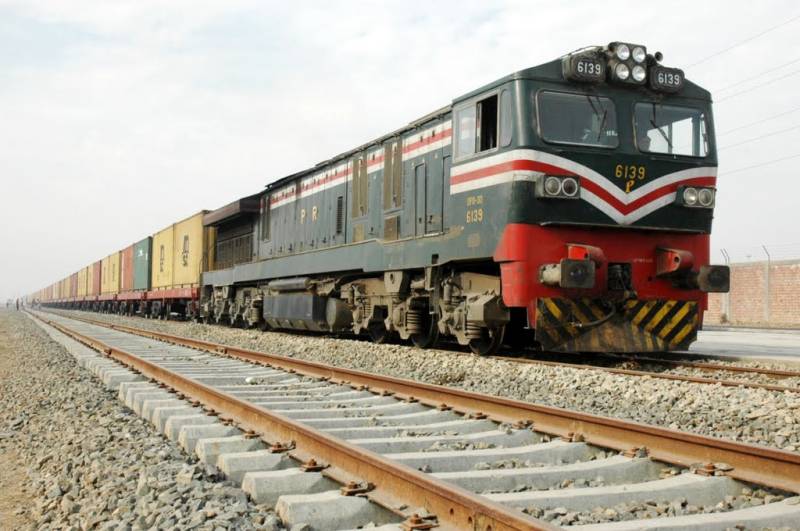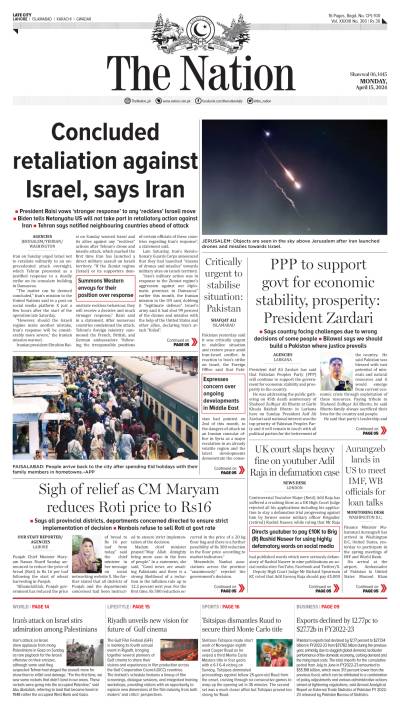Rioters brought the running train to a halt. People belonging to the other community were pulled out and slaughtered with swords and bullets. The rest of the passengers were treated to halwa, fruits and milk. The chief assassin made a farewell speech before the train pulled out of the station: Ladies and gentlemen, my apologies. News of this train’s arrival was delayed. This is why we have not been able to entertain you lavishly-the way we wanted to. – Hospitality Delayed by Saadat Manto.
Manto, a timeless writer, whose bold words still make us cringe, was not alone in ascribing to the train a central place in representations of Partition violence. There have been several narratives built around the ambivalent role of the ill-fated trains that let people to their doom while others to the Promised Land.
Today, the Mogulpura Railway, manages to evoke a squirm of nostalgic sentiment. This familiarity springs from our deep-rooted connection with this very railway that saw the tragic events unfold upon our ancestors during the partition.
After a lapse of 11 years, the Lahore to Amritsar train was re-established, the same tracks that once allowed barbaric genocide on both ends now offer reconciliation and connectivity between the two nations.
Dr Ahmad Azhar, a railway historian, argues that the people of our region have a deep and complex historical relationship with the railways, which cannot be grasped exclusively through the prism of Partition. The train evokes terrible nostalgia in the elderly; those who can remember a time when rail travel was not only efficient but also, sometimes, magical.
The train inaugurated its journey across the plains of northern and eastern India as a peculiar invention that immediately began appearing in the writings and the vernacular of the people. Travel accounts became the medium to convey the fascination of an Indian layman which was being poetically manifested by the writers of the time. These travel accounts have become important historical evidence that provide preliminary insight on the very broad history of the railway.
The most crucial representation of the railway in Indian literature came with the partition of the sub-continent and the heartrending incidents that followed, when these very trains that once promised security and ease, became the unfortunate “trains of death” shouldering upon themselves the burden of countless brutally murdered lifeless bodies, carrying them across the border. An event described by Manto as “so completely insane that it was futile to try to make sense of it”.
On contemporary television, the play “Daastan”, based on the novel “Bano” by Razia Butt, was screened on Hum TV. Tales of partition such as “Daastan” and others continue to live among us, rekindling the aura built around the train. In these tales, the train supports two integral symbolisms, one of tragedy and the other of union. In the first half of the drama, after the partition wreaks havoc, we see a traumatised Bano, who has already been subjected to rape and torture, tries to escape by boarding the unfortunate train to Lahore. She is kidnapped from that train by a Sikh man who forcefully marries her. Later, after the death of this man, we see an ecstatic Bano rejoice and celebrate on the thought of union with her family. She finally boards a train to Pakistan and unities with her family. The train that led to her imprisonment had now led to her emancipation.
Prabhjot Parma in his article “Trains of death” addresses how the trains of death have also been important in revealing the bestiality of man. Evoking the inner malice that anger and hatred stirs, and hence allowing the transformation of a man to an animal. In the movie “Earth” which is also a novel by Bapsi Sidwa, we see this transformation happen to a character, Dil Nawaz, who awaits the arrival of his sisters in the train coming from Amritsar to Lahore. The train opens its doors to show dead men and mutilated women inside. An enraged Dil Nawaz becomes bloodthirsty and in his mad dash for revenge, he becomes the undoing of a Hindu woman, Shanta.
This fictional literature has been a form of reckoning with the gruesome events that unfolded during the partition. Unlike mere history that centrally records the facts and quantified figures of the occurrences, partition literature has given us a broad insight into the creative expression built around the lived experiences of people. It is not only a collection of what happened but also encompasses how it felt to have seen, heard, suffered, endured and outlived the horrors of the partition. Partition literature articulates this sentiment and manifests how these souls were indelibly scarred. It also closely attached the railway to partition itself, thereby assigning it, meanings and symbolism, making the train a fundamental part of our history.
The widespread representation of a train in our films and literature has ascribed for the railway an inexplicable prestige and lore. An air of mystery begins to form on the mention of this medium of travel now taken for granted, owing to the stories of admiration, horror and bloodshed that it actually banks upon. The sillage of its lurking historical and literary importance has become the rich heritage of the railway. Perhaps now, train travel would be a fitting experience for this generation to connect with our past. For the sake of this rich experience, I believe I may enjoy sitting in the traditional train’s compartment while indulged in my railway musings.






